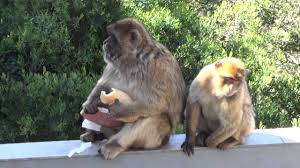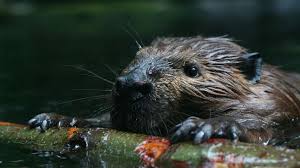The only free range population of primates (other than humans) to be found in Europe can be found on the small British territory of Gibraltar.

Because this territory is small, there are not that many macaques in it, with only around 220 on the peninsula. Because their physiology is so similar to ours, they are capable of catching infections from us, so the population is being carefully monitored to see if it becomes infected.
One positive for the macaques has been the reduction in tourist numbers. Because there are so much fewer people around, the behaviour of these animals has returned to something far closer to their natural behaviour, including a great deal more time spent foraging for food rather than stealing it from unsuspecting tourists.
This change has also left far more time for grooming, an activity that in many primates populations is essentially the social glue that holds the group together. This change has also led to follow squabbling and fights between the animals. With tourist numbers likely to go back to former numbers when possible, Gibraltar authorities must look to find ways to stop this population returning to its bad habits of the past.






